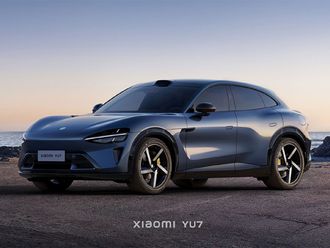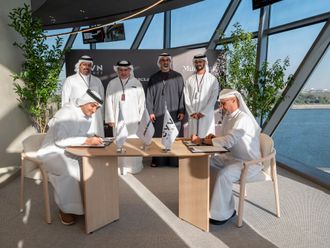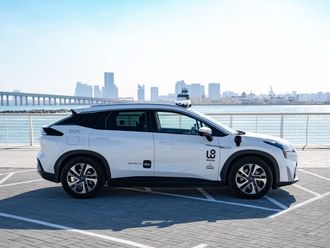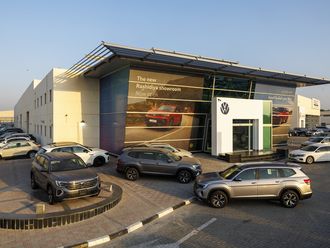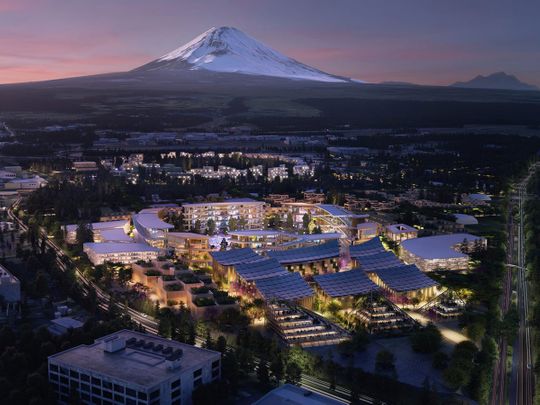
In Japan, Toyota is far more than just an automaker. It’s an iconic name that is very much part of the social fabric ever since it started off as an automatic loom manufacturing business. The company even has a city in north-central Aichi Prefecture named after it. But Toyota now wants to build a township, or a prototype city of the future on a 175-acre site at the base of Mount Fuji.
Revealed at the Consumer Electronics Show (CES) 2020 this week and called the “Woven City”, it will be a fully connected ecosystem powered by hydrogen fuel cells. Proposed as a “living laboratory,” the Woven City will have full- time residents and researchers who will test and develop technologies such as autonomy, robotics, personal mobility, smart homes and artificial intelligence in a real-world environment.
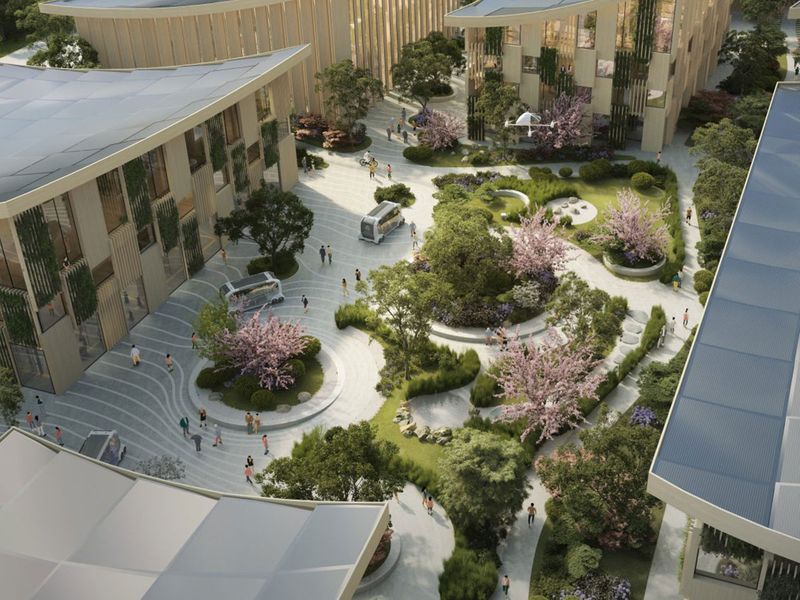
“Building a complete city from the ground up, even on a small scale like this, is a unique opportunity to develop future technologies, including a digital operating system for the city’s infrastructure. With people, buildings and vehicles all connected and communicating with each other through data and sensors, we will be able to test connected AI technology… in both the virtual and the physical realms … maximizing its potential,” said Akio Toyoda, president, Toyota Motor Corporation.
Toyota will invite potential commercial and academic partners as well as interested scientists and researchers from around the world to inhabit this real-world incubator. “We welcome all those inspired to improve the way we live in the future, to take advantage of this unique research ecosystem and join us in our quest to create an ever-better way of life and mobility for all,” said Toyoda.
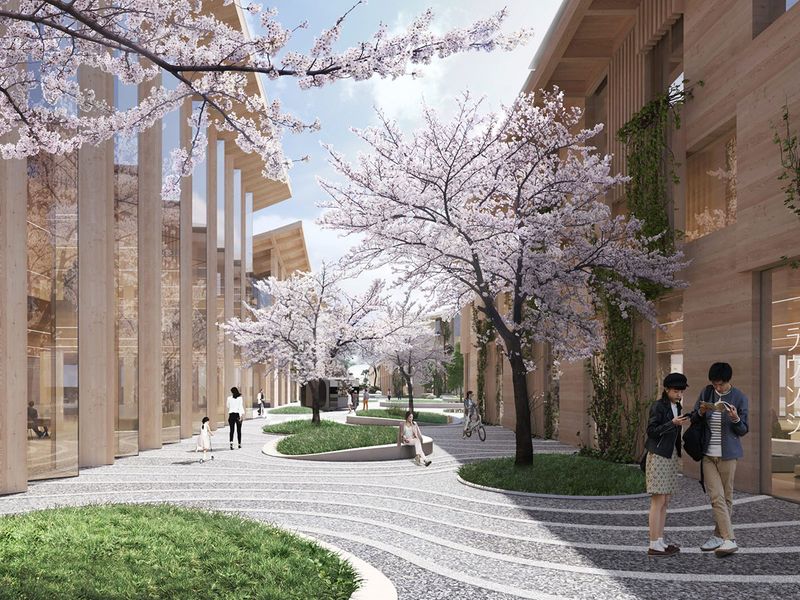
The Woven City has been designed by Danish architect Bjarke Ingels, whose team has been behind many high-profile projects around the world including World Trade Center in New York and Lego House in Denmark among others. “A swarm of different technologies are beginning to radically change how we inhabit and navigate our cities. Connected, autonomous, emission-free and shared mobility solutions are bound to unleash a world of opportunities for new forms of urban life. With the breadth of technologies and industries that we have been able to access and collaborate with from the Toyota ecosystem of companies, we believe we have a unique opportunity to explore new forms of urbanity with the Woven City that could pave new paths for other cities to explore,” said Bjarke Ingels.
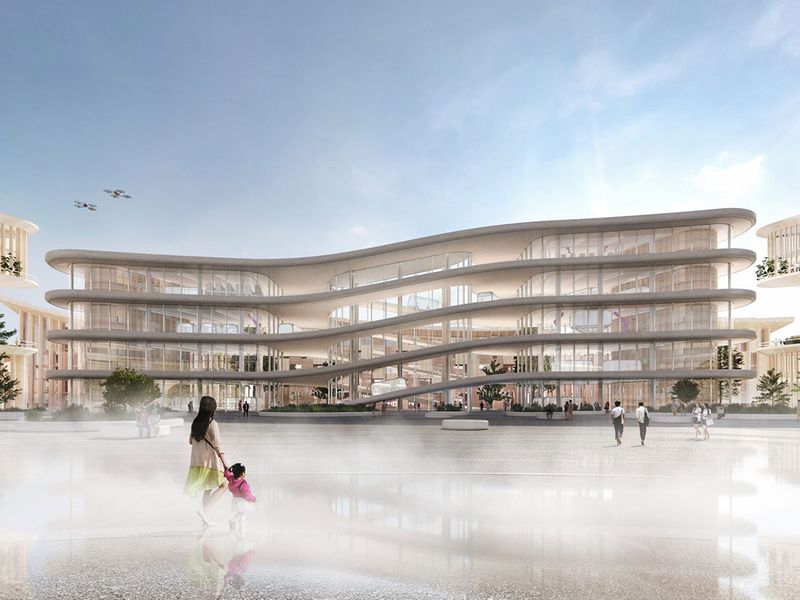
The masterplan of the city includes the designations for street usage into three types: for faster vehicles only, for a mix of lower speed, personal mobility and pedestrians, and for a park-like promenade meant exclusively for pedestrians. The concept is that the three street types weave together to form an organic grid pattern that will help fast-track the testing of autonomy. The city is planned to be fully sustainable, with buildings made mostly of wood to minimise carbon footprint. But construction will be done using a mix of traditional Japanese wood joinery and robotic production methods. The rooftops will be covered in photo-voltaic panels to generate solar power in addition to power generated by hydrogen fuel cells. Toyota plans to weave in the outdoors throughout the city, with native vegetation and hydroponics.
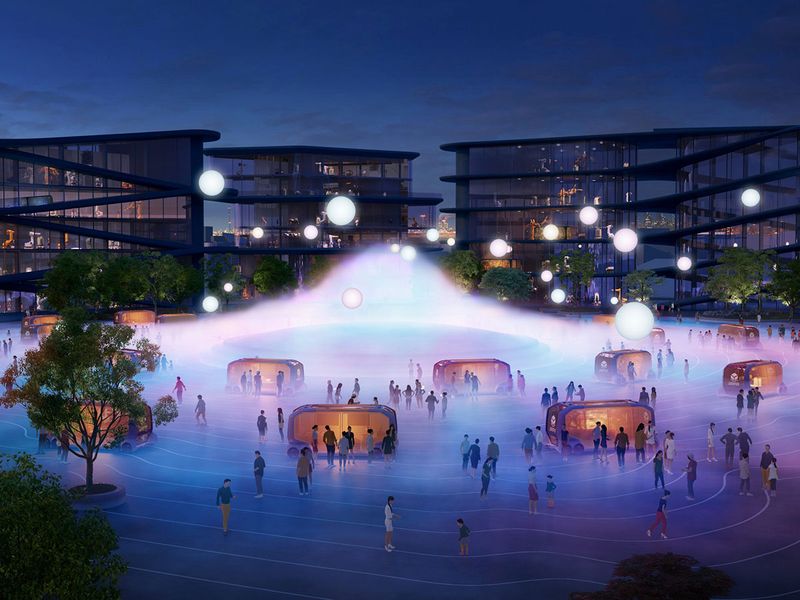
Residences will have technologies like in-home robotics to assist occupants with daily chores, as well as sensor-based AI to check occupants’ health. Only fully-autonomous, zero-emission vehicles will be allowed on the main streets. Apart from parks, there will be a central plaza for social gatherings within the community.
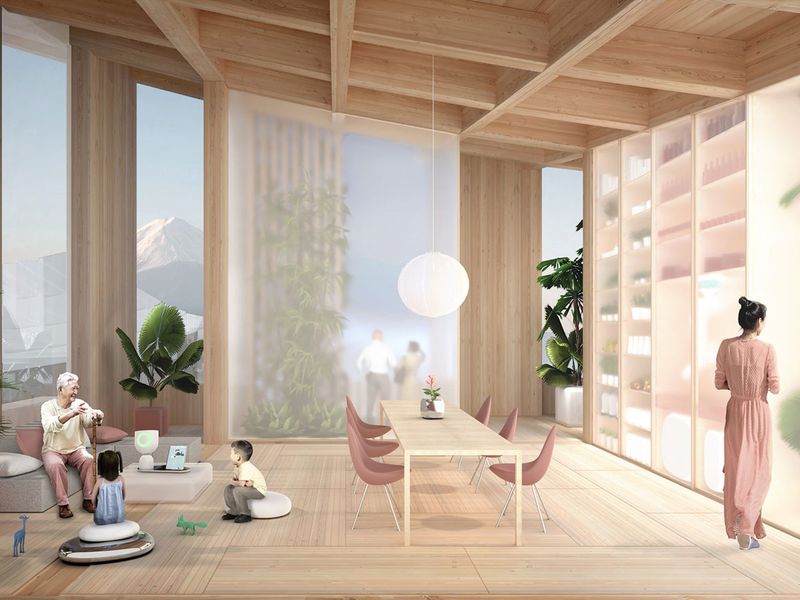
The Woven City will see Toyota Motor Corporation employees and their families, retired couples, retailers, visiting scientists, and industry partners settling there as residents. The plan is to start with 2,000 inhabitants, possibly adding more as the project evolves. If you are interested in partnering with Toyota on the development of Woven City, head to www.woven-city.global for more details.
For more care news and reviews, head to www.wheels.ae




